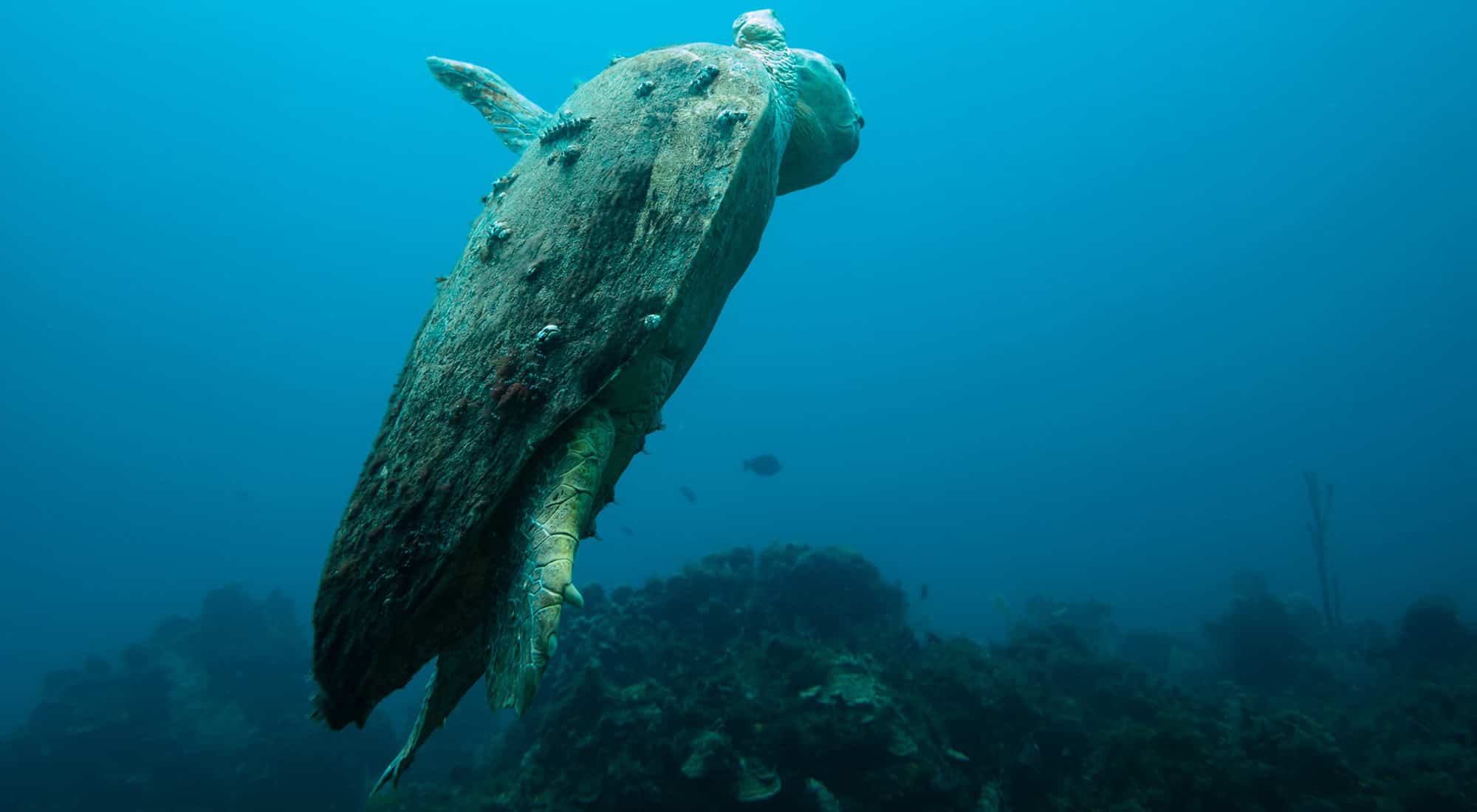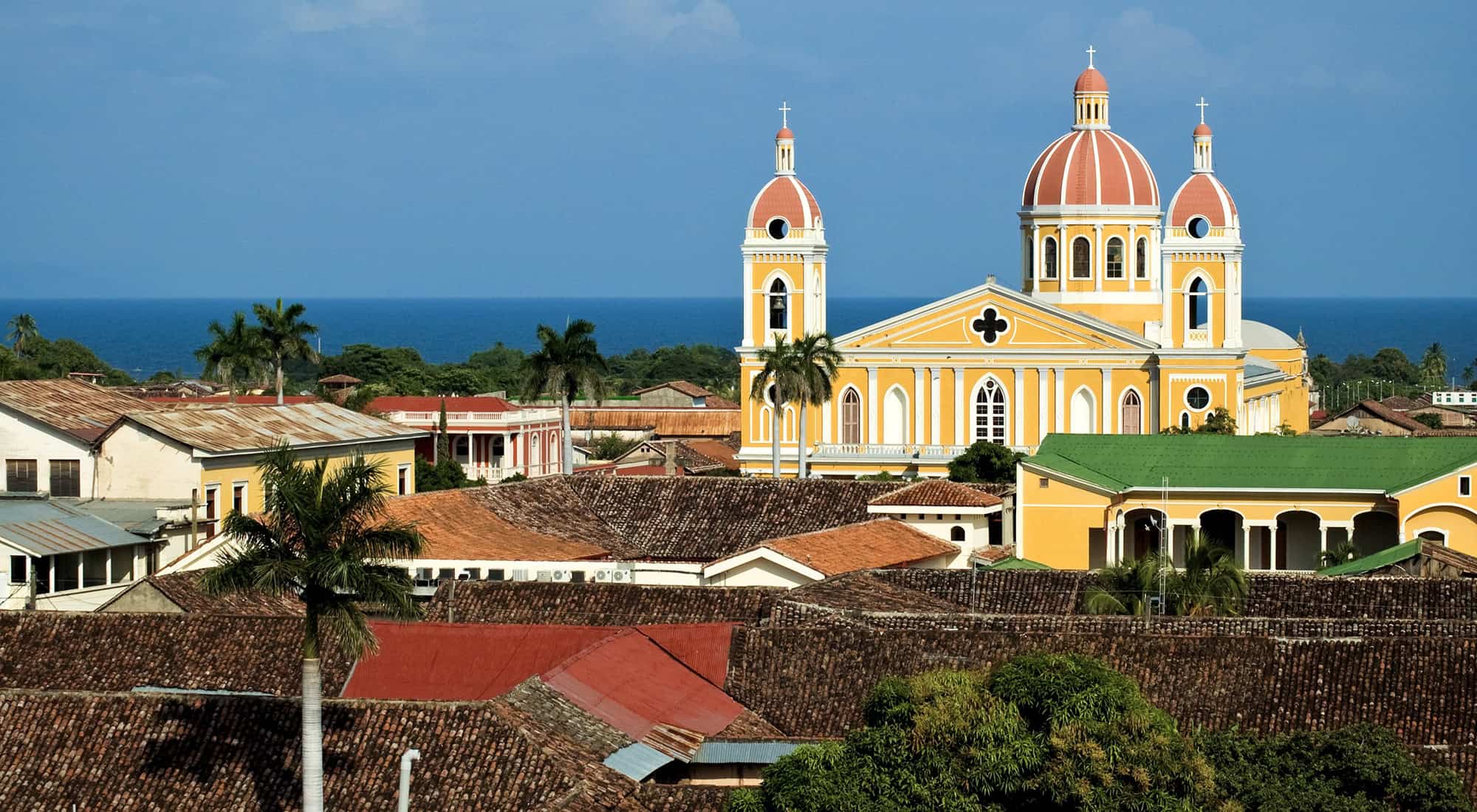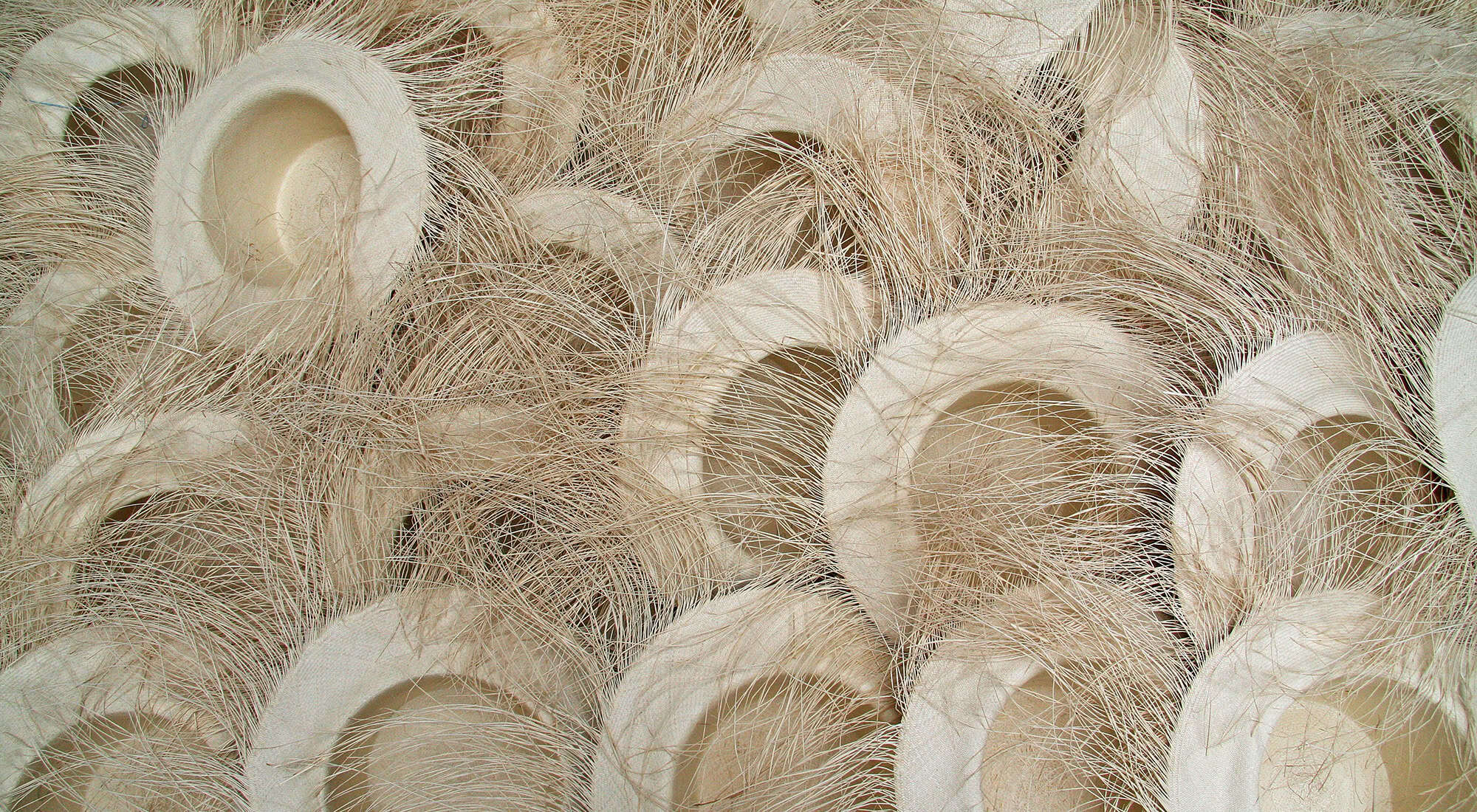Every year between July and February thousands of beautiful olive ridley turtles (Lepidochelys olivacea) arrive at La Flor and Chacocente, two wildlife refuges set aside to aid in their age-old battle against predators with wings, pincers, four legs and two.
The sea turtles, measuring up to 80 cm and weighing more than 90 kg, come in waves. Between August and November as many as 20,000 arrive to nest in a four-night period, just one of many arrivals during the nesting season. Each turtle digs a hole with her rear flippers, patiently lays up to 100 eggs, covers them and returns to the water – mission complete. For 45 days the eggs incubate under the tropical Nicaraguan sand. The temperature in the sand will determine the gender of the turtle: temperatures below 29°C will result in males and 30°C and above will be females, though very high temperatures will kill the hatchlings. After incubation in the sand, they hatch all at once and the little turtles run down to the sea. If they survive they will travel as far as the Galapagos Islands.
The huge leatherback turtle (Dermochelys coriacea), which can grow up to 2 m and weigh over 300 kg, is less common than the olive ridley and arrives alone to lay her eggs.
Turtle eggs are a traditional food for the Nicaraguans, and although they are not eaten in large quantities, poaching is always a threat. Park rangers and, during peak times, armed soldiers protect the turtles from animal and human threats in both Chacocente and La Flor wildlife refuges. If you have the chance to witness it, don’t miss out and get talking to the rangers who have a great passion for their work. Extreme caution must be exercised during nesting season as, even if you see no turtles on the beach, you are most likely to be walking over nests. Limit flash photography to a minimum and never aim a flash camera at turtles coming out of the water.
Camping is the best way to see the turtles in Chacocente or La Flor, but a pre-dawn trip from either San Juan del Sur or Playa El Coco to La Flor, or from Las Salinas to Chacocente is also possible.










